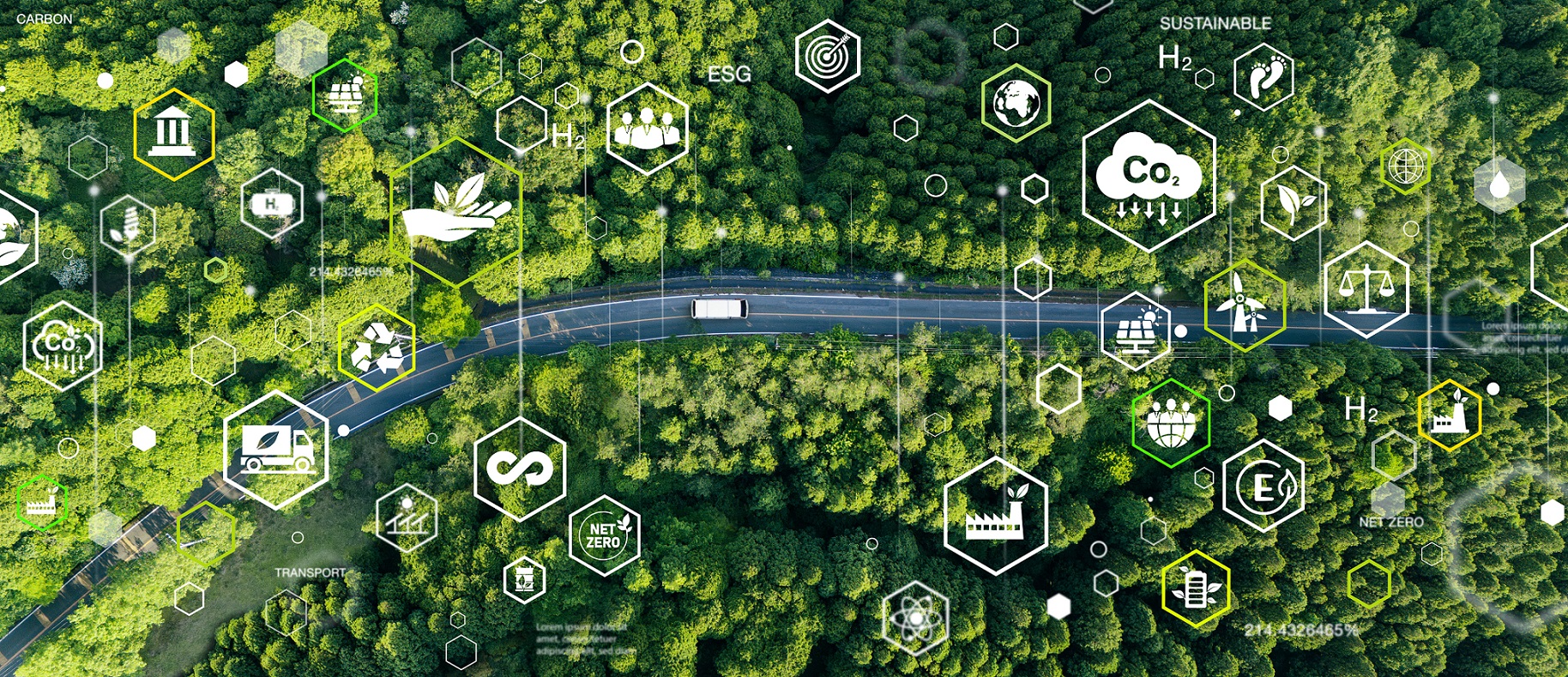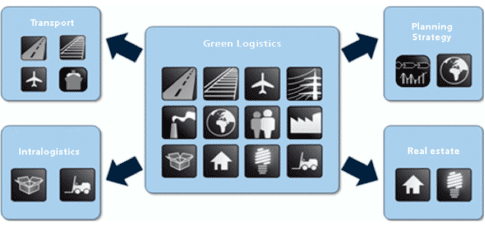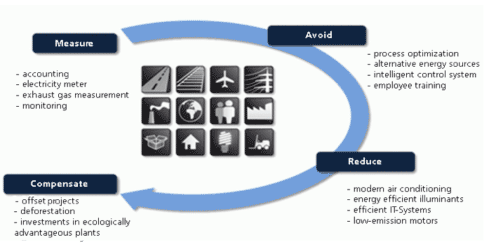Logistics goes green!
Who acts, is better prepared: a thought which currently motivates many actors to identify the environmentally relevant areas within the company, and to realize suitable improvement measures. Today, more than 5.5 percent of the greenhouse gas (GHG) emissions worldwide are caused by logistics alone. Accordingly logistics can make a valuable contribution to achieve the climate protection goals of the Federal Government. However, before emissions reduction measures and “Green Logistics” products as well as services can be derived and implemented, emissions of present logistics systems are to be uniformly determined, and emission driving processes have to be identified.
In addition to greenhouse gas emissions, however, there are also other environmental impacts in the logistics sector, as for example noise or particulate emissions, some important parameters, in order to develop logistics systems more environmentally suitable – and therefore – more green.

Green logistics is therefore placed over environmental compatibility and resource efficiency, namely for the whole logistics chain, i.e. for transport, intralogistics and logistics real estate. Studies show that conveying, warehousing and order-picking processes make up to 25% of the energy consumption caused by logistics. With the other 75%, however, the large part of the energy consumption and the thereby emitted greenhouse gases is with it, in the transport sector.
 Fraunhofer Institute for Material Flow and Logistics IML
Fraunhofer Institute for Material Flow and Logistics IML

